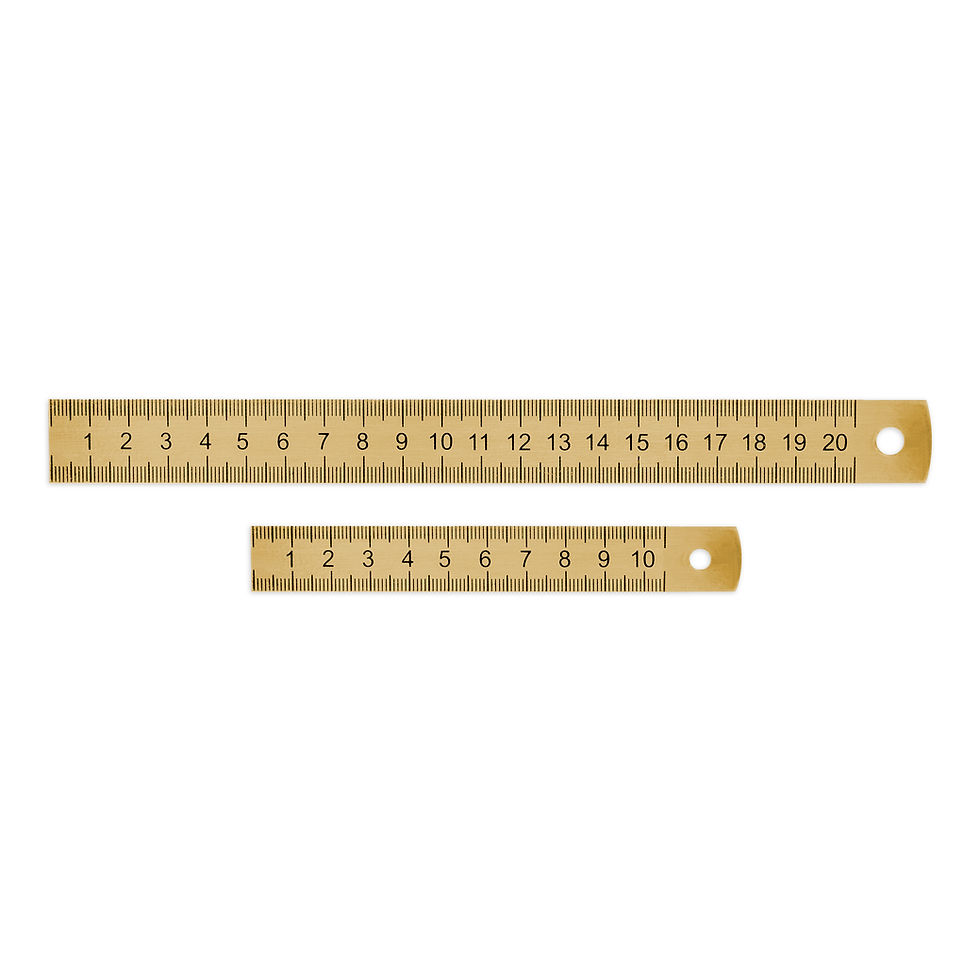
Units & Measurements
This lesson series introduces children to the key ideas of units and measurements
In the main lesson series on the topic of Units and Measurement, the focus would be on developing student's understanding of measurement, different units of measurement, and their practical applications. Some main points of knowledge that students might learn throughout the series are:
Introduction to Measurement:
Why we measure: Students would understand the importance of measurement in everyday life, such as for comparing, ordering, and quantifying objects and quantities.
Standard units: Students would learn about the concept of standard units of measurement, which provide a consistent and universally understood way to express measurements.
Length and Distance:
Units of length: Students would explore common units of length, such as centimeters, meters, and kilometers, and understand their relative sizes and relationships.
Measuring length: Students would learn how to measure length using appropriate tools, such as rulers and measuring tapes, and practice making accurate measurements.
Weight and Mass:
Units of weight and mass: Students would be introduced to units of weight and mass, such as grams and kilograms, and understand how they are used to measure the heaviness or amount of matter in an object.
Balancing scales: Students might engage in hands-on activities using balancing scales to compare the weights of different objects or to find the mass of objects using standard weights.
Capacity and Volume:
Units of capacity and volume: Students would explore units of capacity, such as milliliters and liters, and units of volume, such as cubic centimeters and cubic meters. They would understand how these units are used to measure the amount of liquid or the space occupied by an object.
Measuring capacity and volume: Students would learn how to measure capacity and volume using appropriate tools, such as measuring cups, beakers, and graduated cylinders.
Time and Temperature:
Units of time: Students would explore units of time, such as seconds, minutes, and hours, and understand how they are used to measure the duration or interval between events.
Units of temperature: Students would be introduced to units of temperature, such as degrees Celsius, and understand how temperature is measured using thermometers.
Throughout the series, students would engage in hands-on activities, measurement experiments, and real-life applications of measurement concepts. They will measure objects, compare quantities, and solve measurement-related problems.
